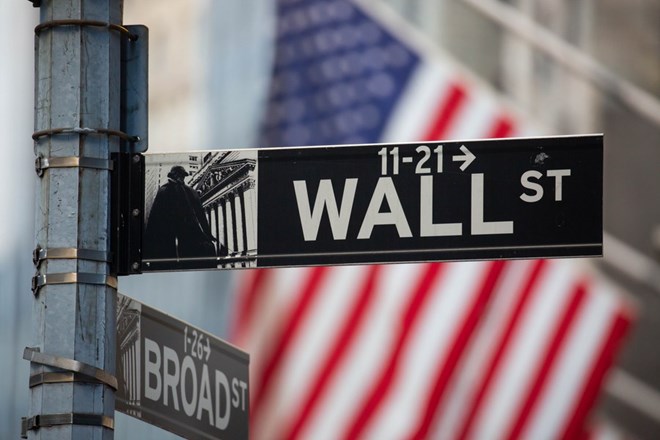
When the Federal Reserve began raising interest rates more than a year ago, American banks had a bit of an advantage. The lenders increased the interest rates they charged on loans while keeping deposit rates steady. In other countries, the move was met with resistance.
One solution offered to US banks lies in competition.
This factor has had an effect in the US banking industry. The average bank deposit rate has now increased from 0.1% to 2.9% after the Fed began tightening monetary policy.
Savings interest rates have become a common topic in recent quarterly earnings reports. Despite bank bosses claiming that deposit rates for customers have peaked, rates are expected to continue rising in the coming months, cutting into banks’ profits.
Some customers even tend to transfer money from banks with low interest rates to products with higher interest rates. The quarterly financial report shows that the proportion of deposits in zero-interest accounts has decreased from 29% at the end of 2021 to 20% at present. If this figure remains unchanged, the bank's interest expense will be about 10% lower than it is now.
This is familiar from previous Fed tightening cycles. However, historically, large banks have had an advantage over smaller banks due to their pricing power, which appears to be waning. The big four US banks (JPMorgan Chase, Bank of America, Wells Fargo, and Citigroup) reported an average deposit cost of 2.5% in the third quarter, the same as the average for all banks in the country.
The gap between the largest and smallest lenders has narrowed since the last tightening cycle. From 2015 to 2019, banks with $250 billion in assets paid 0.3% less in interest on deposits than those with less than $100 million in assets. That ratio is now 0.8%.
This may reflect greater competition among big banks for corporate and high-income customers, suggests Brian Foran of Autonomous Research, a consulting firm. When interest rates were zero, there was no competition for deposits. But now, with money market funds offering 5% interest, the competition is much fiercer.
Chris McGratty of investment bank Kbw said: Banks have already felt most of the recent effects. The Fed’s signal that it will keep interest rates high for longer will continue to make banks pay higher costs. Even if Fed policymakers finish raising rates and banks hold rates steady, customers will continue to shift deposits from low-income products to high-income products, gradually pushing up costs for banks. This will put pressure on deposits, forcing banks to slow lending.
While savers will benefit from higher rates of return, it is a different story for borrowers.
Source


























![[Photo] National Assembly Chairman Tran Thanh Man visits Vietnamese Heroic Mother Ta Thi Tran](https://vphoto.vietnam.vn/thumb/1200x675/vietnam/resource/IMAGE/2025/7/20/765c0bd057dd44ad83ab89fe0255b783)











































































Comment (0)